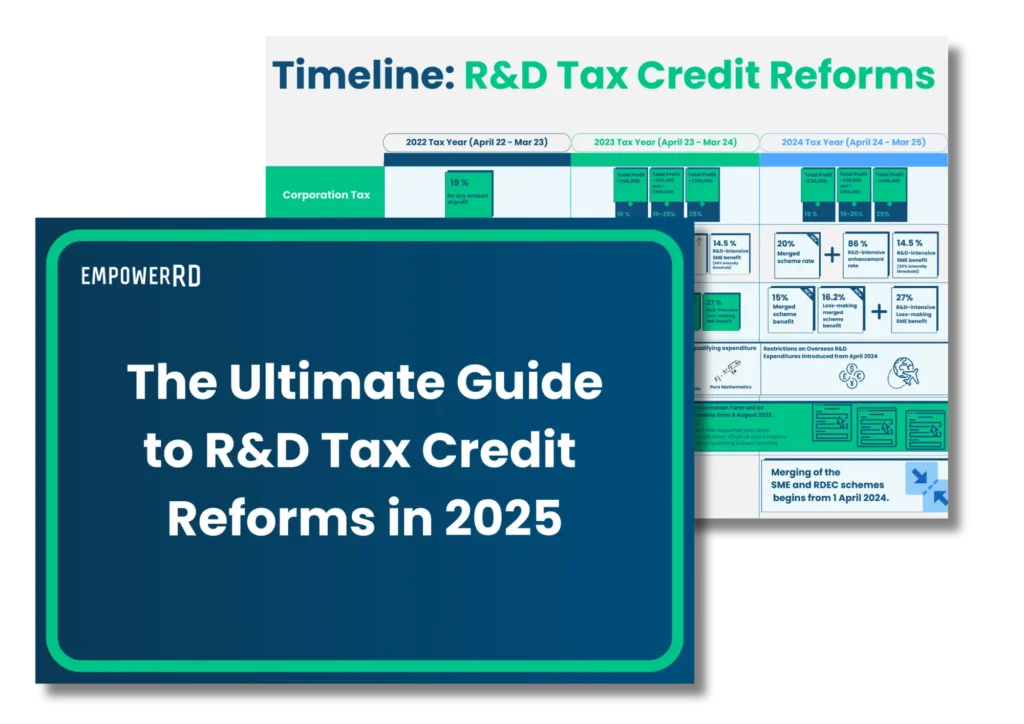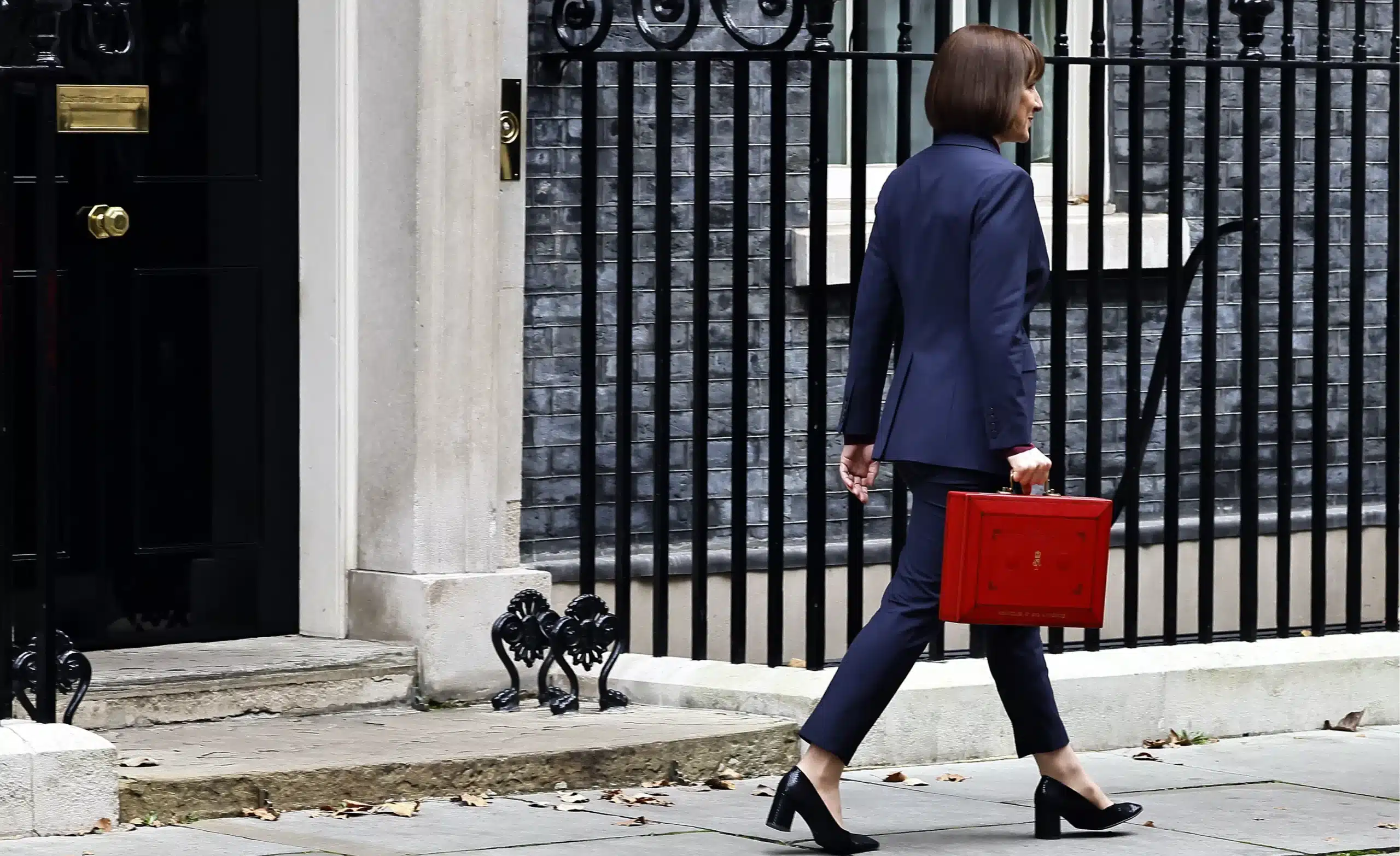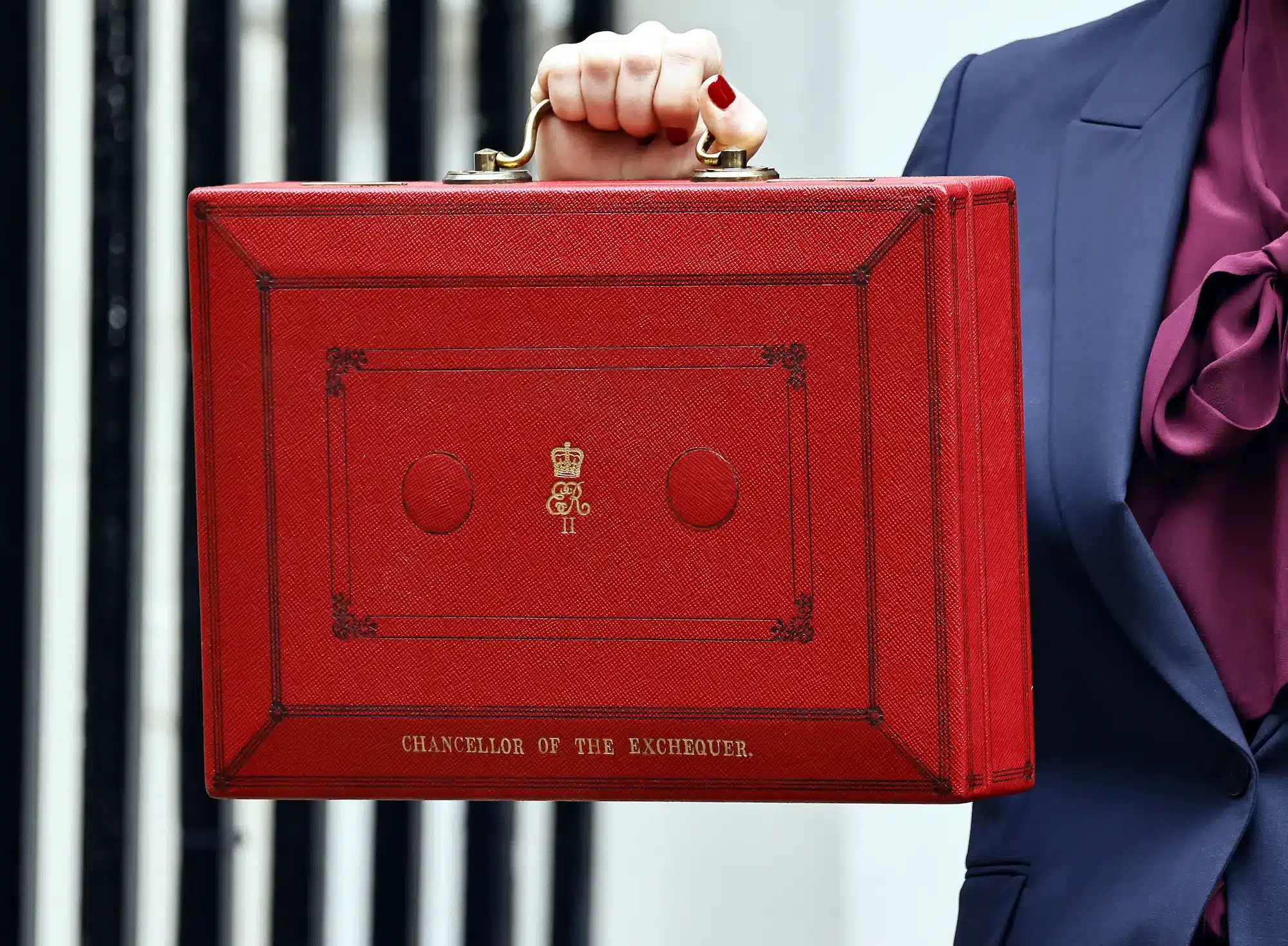On 27 February 2025, HMRC finally updated its guidance on subcontracted and subsidised R&D, addressing the long-standing confusion for SMEs claiming under the SME and RDEC schemes (accounting periods before 1 April 2024).
Many SMEs were put off claiming R&D relief because of HMRC’s broad interpretation, which categorised commercial arrangements as either ‘subsidised’ or ‘subcontracted’. Tribunal cases such as Collins Construction and Stage One Creative Services (SOCS) forced HMRC to change its stance, giving SMEs the opportunity to revisit claims or make claims they previously avoided.
What was HMRC’s previous interpretation on subsidised and subcontracted R&D?
In 2021, HMRC expanded their definition of subcontracted R&D, saying any R&D done to deliver a customer contract was ‘contracted out’, preventing many SMEs from claiming. They also said any payment received under a contract subsidised that R&D, disqualifying SMEs from relief. Tribunal cases consistently rejected this interpretation, saying that just because R&D was done alongside a contract doesn’t mean it was contracted out or subsidised.
In Collins and SOCS, the tribunals ruled:
- R&D is not subcontracted just because it’s done alongside a commercial product or service, there must be an explicit client requirement or control.
- A commercial payment for a product/service doesn’t automatically subsidise related R&D, there must be a clear, direct link to funding the R&D itself.
HMRC accepted these rulings and updated its guidance accordingly.
Key changes SMEs need to know
1. Subsidised R&D Guidance
HMRC removed the rule: “Payments for undertaking a contract automatically subsidise R&D”. Instead:
- General commercial revenues (e.g. product sales) are not subsidies.
- Only payments directly intended to fund specific R&D costs are subsidies, disqualifying those costs from SME relief.
| Area | Previous HMRC Stance | Updated Guidance (Feb 2025) |
|---|---|---|
| What counts as a subsidy? | Any payment under a contract was treated as subsidising R&D. | Only direct payments explicitly intended to fund R&D count. |
| Product/service revenue | Considered a subsidy, even if unrelated to the R&D activity. | General revenue is no longer a disqualifier — it’s not a subsidy. |
| SME eligibility | Many SMEs were excluded from relief. | More SMEs can now qualify under the SME scheme. |
2. Subcontracted R&D guidance
HMRC no longer automatically considers contract-related R&D as subcontracted. Instead, it now looks at several factors:
Key factors HMRC looks at:
- Was R&D explicitly required by the client?
- If yes → it’s likely subcontracted (client claims relief).
- If R&D was incidental or not explicitly required → subcontractor (SME) can claim.
- Client awareness vs. explicit intent:
- Under the SME scheme, even just awareness that R&D was needed by the client means it’s subcontracted. (Note: This is stricter on SMEs than under the new merged scheme, which requires explicit intention.)
- Level of autonomy and direction:
- If the SME controlled the R&D independently, this supports a claim. But if the client dictated specific technical challenges or closely managed the process, this suggests subcontracting.
- Financial risk:
- If SMEs were paid regardless of R&D success, HMRC sees minimal risk and therefore likely subcontracted.
- Intellectual Property (IP):
- If IP from the R&D belongs mainly to the client, the R&D is more likely subcontracted. However, HMRC notes IP alone isn’t decisive.
When is R&D not considered subcontracted?
Good news! SMEs can still claim under the SME scheme if:
- Incidental R&D:
- Your client purchased a final product or service, and your business independently chose to undertake additional innovation without explicit obligation.
- Full control and significant risk:
- Your SME had significant autonomy, bore genuine financial risk (e.g. payment contingent on R&D success), and retained meaningful IP rights.
In these cases, despite being part of a commercial arrangement, your R&D remains eligible for SME relief.
What should you do next?
This revised guidance benefits SMEs who previously assumed they were ineligible:
- Review your past claims:
- If you avoided claiming SME relief or claimed under RDEC due to HMRC’s previous broad interpretation, you should reconsider amending your claims.
- Check open accounting periods (2023-2024) that can still be amended, there may be significant additional relief available.
- Review your documentation:
- Clearly document who initiated R&D, the client’s awareness/intention, contract specifications, financial risk, and IP ownership.
- Prepare thorough evidence to support your position.
Looking forward (April 2024 onwards):
- The new merged scheme shifts relief eligibility explicitly to the party commissioning and funding R&D.
- SMEs must now carefully structure contracts, clearly defining responsibilities, intent, autonomy, financial risk and IP rights to ensure they can claim relief.
Final thoughts
HMRC’s updated guidance resolves several key uncertainties. It gives SMEs more clarity and more opportunities to claim relief correctly.







